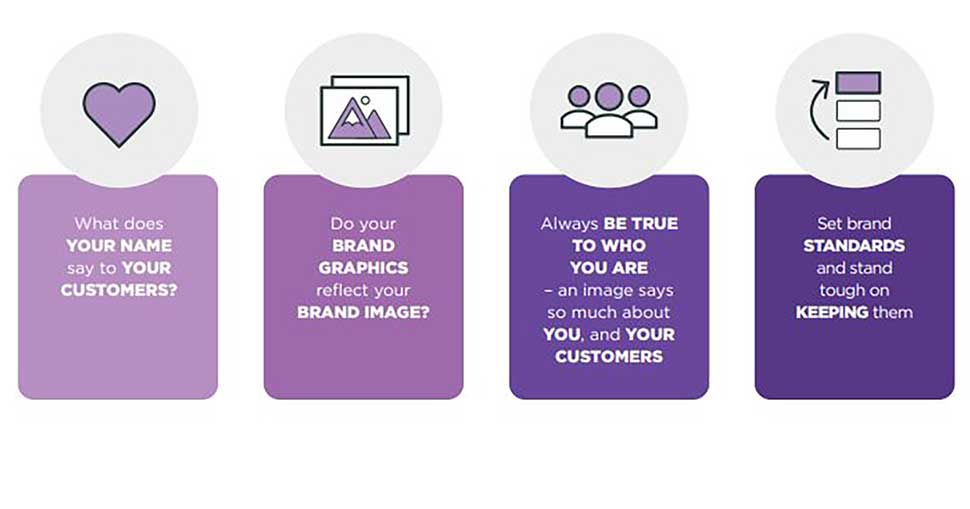How healthy is your brand? Is it flourishing or languishing? These may not be questions that print business executives ask themselves often. But they should be.
As the third book in Ricoh’s Modern Marketing series, on Brand, explains, your brand is your company’s heart and soul. It’s the air that it breathes. It’s the personality it exudes. It is in fact the prime reason that future clients will buy into you, and buy from you again and again.
No matter what size your business is, your brand is the most important investment you’ll make. And to be perfectly clear, we’re not just talking about a logo and a slogan here. A business brand encompasses every aspect of a company – employees, market, customers, and industry.
So, unequivocally, a strong brand is a formidable asset. And Ricoh’s guide explains how building brand equity can, at the same time, build client loyalty. The route to this goal is defining your brand by what you excel in, for example, service, client experience or innovation. It should also reflect who your clients are; people who share similar values and ideas. Your brand ultimately represents who you are as a business, and what you believe in.
Because in most sectors the difference between most competing products and services is relatively small. And so most successful brands tend to focus on what’s important to their customers rather than the capabilities of their offerings. They find a way to demonstrate how their beliefs and outlook align with their customers – they show how they share a similar “attitude”.
A brand attitude approach means you can connect with your clients on a deeper level. Especially if you develop a brand story that really resonates with them.
As the guide explains, just like people, all brands have a back story. Your brand story should tap into this, bringing out your business’s heritage, vision, values, and what it stands for in a crowded marketplace.
Your brand story can help set you apart from your competition. You have to dare to be different. And to do that with clarity, consistency, and passion. Using your brand to inform and guide all your marketing activity.
You have to be able to assess how well your brand is working in your market. The guide makes it very clear that if you don’t know how well your brand is being received, then you won’t have the full picture of how happy your clients are with your company. Just because they may be buying from you right now doesn’t tell the full story. What is it, exactly, that they’re buying? Is it you, or your products? If your brand is right, they should be buying you and your products. Research is key here and there are powerful tools available to help PSPs gain rich insights into for example, how their brand is resonating with clients and how it aligns with their needs.
If the concept of branding does not immediately fire your imagination, then we can replace it with reputation. All businesses care about their reputation. They want their customers to see what’s special about them and what drives them and what they value. If you could bottle the essence of what inspires you to build your business, then that’s your brand. This is why it matters to you.
The other books in the series, titled Audience, Vision, Engage and Optimise, will be explored in future blogs. Together they provide a practical, structured, and enjoyable route to business growth and profitability.
They support the completion of a tailored marketing plan with the Ricoh Modern Marketing Canvas. The canvas comprises four sections – Your Business, Your Marketing, Your Customers and Budget, and is a core part of Ricoh’s EDGE business development consultancy service. With the learning from all the books, each section of the canvas can be completed to provide a full picture of business marketing attributes, marketing structure and marketing audience.
By Mark Hinder, Responsible for Business Development Programmes, Graphic Communications, Ricoh Europe





